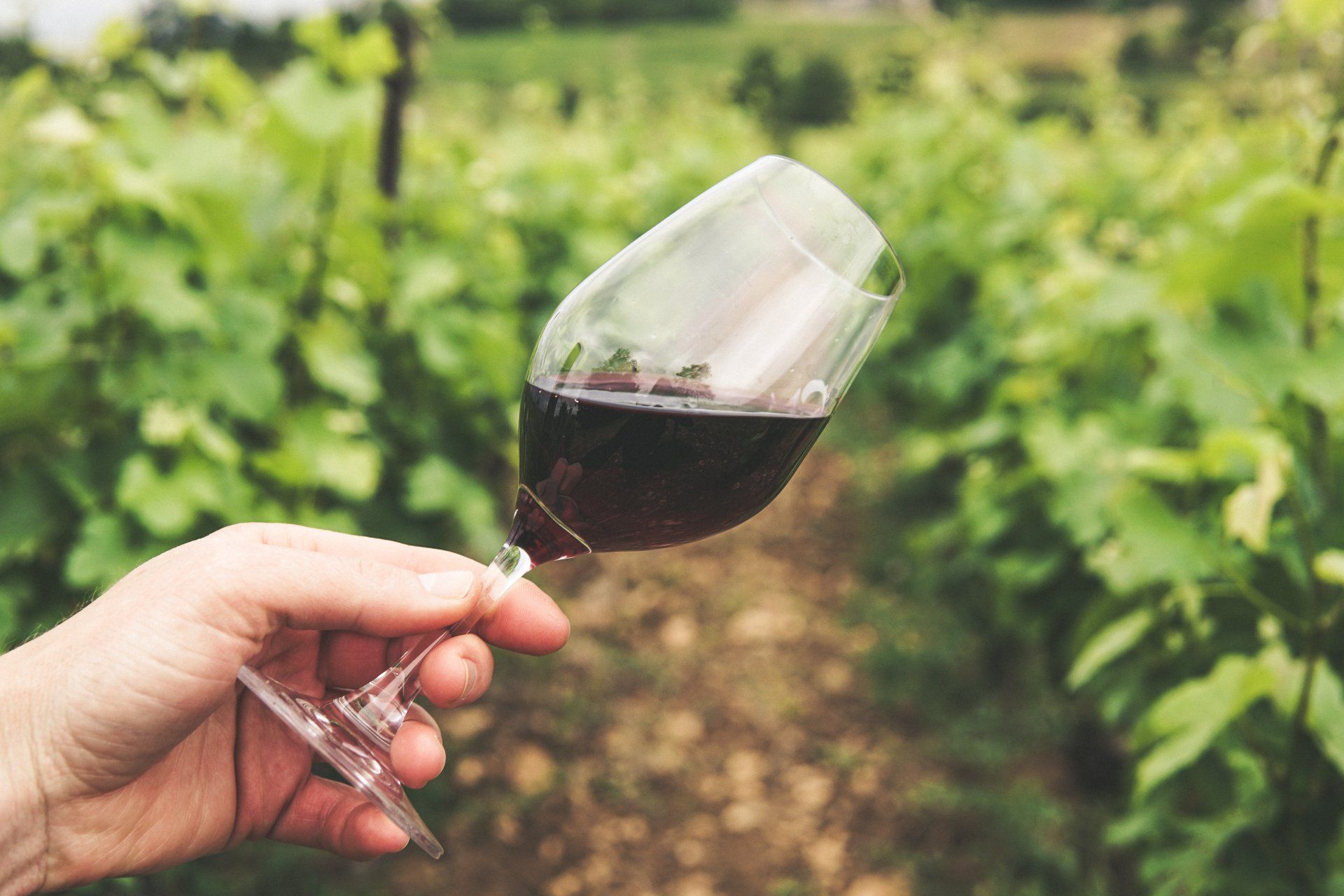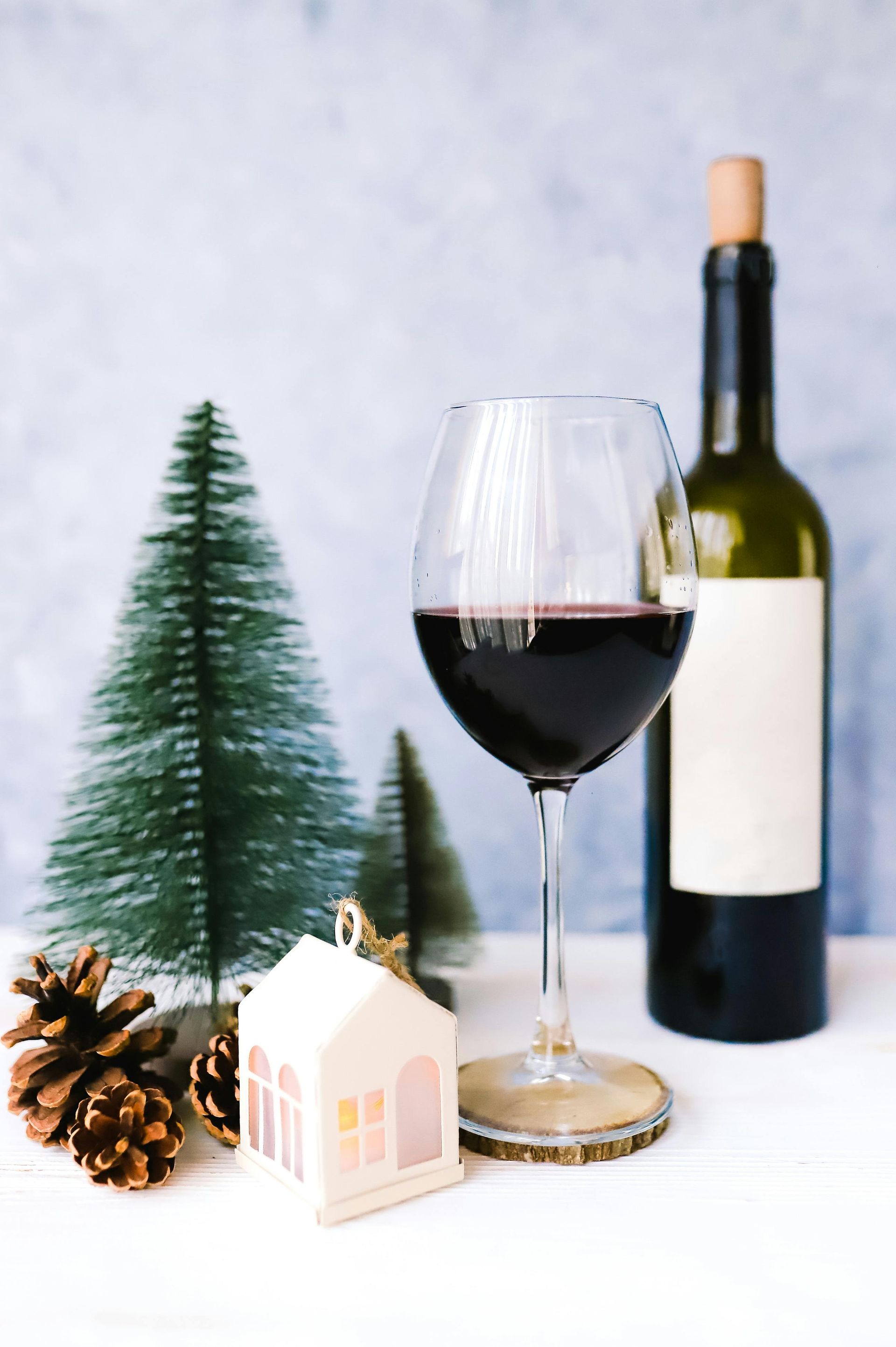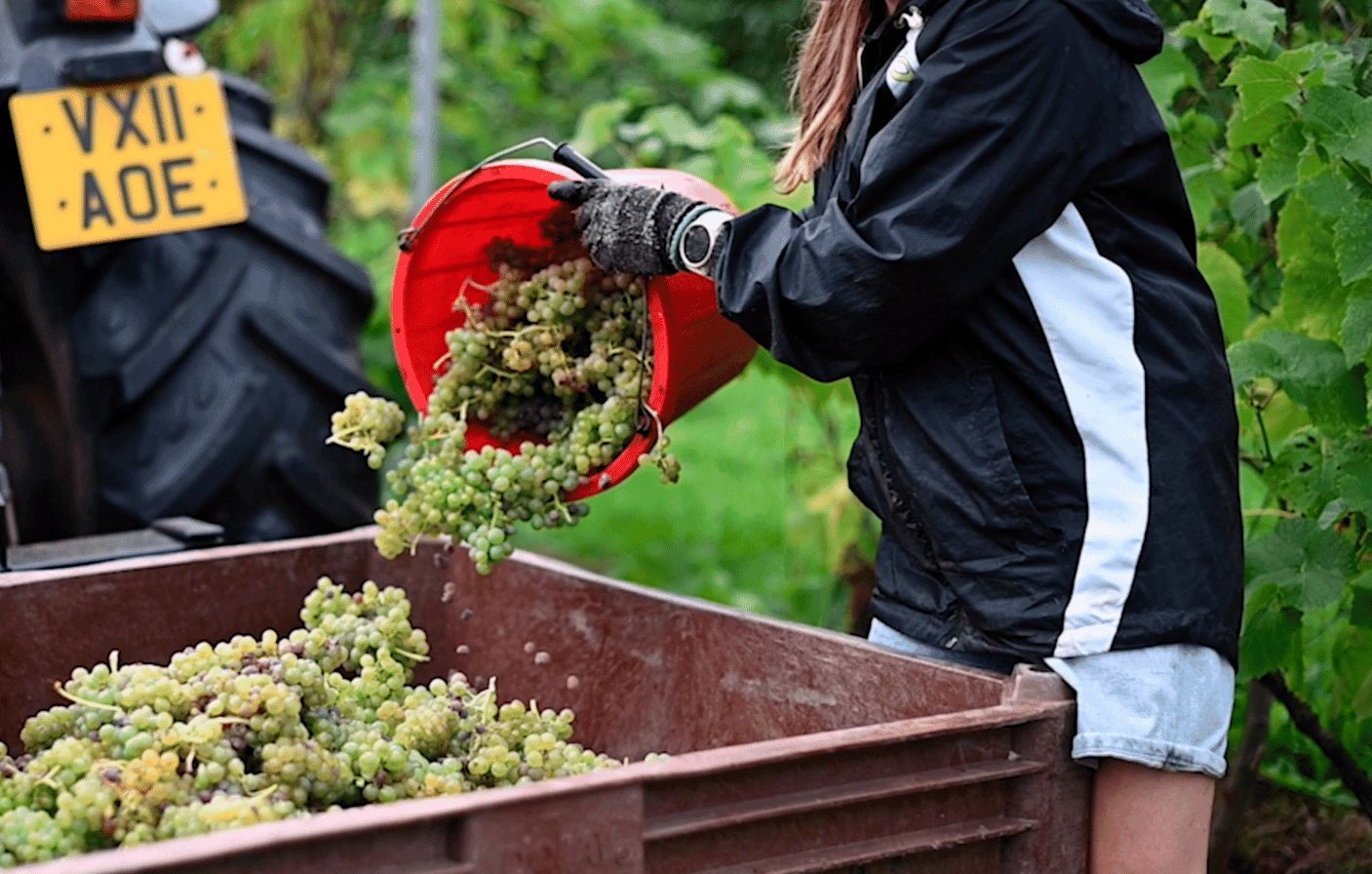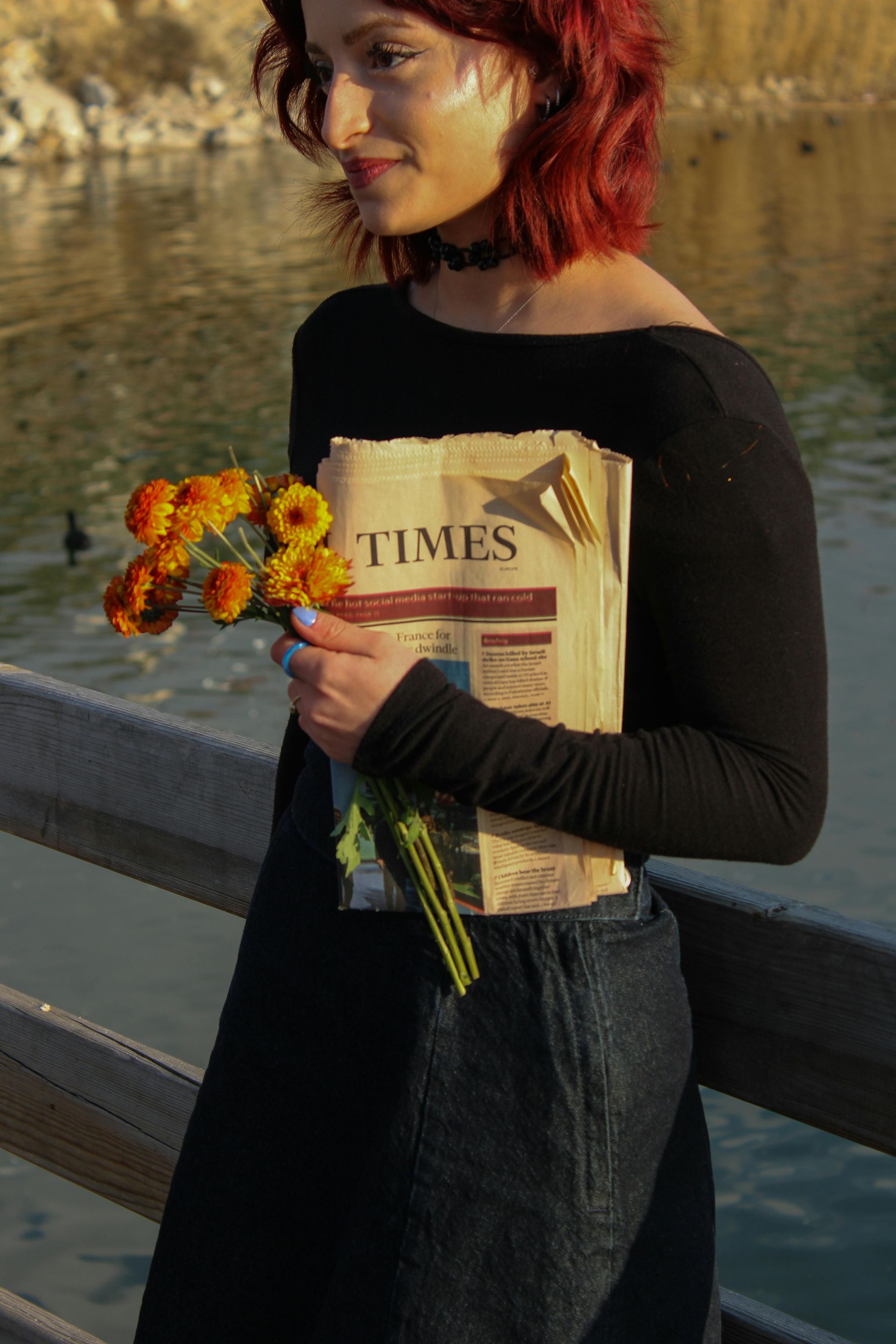What is the right temperature to serve wine?
Wines are at their absolute best when served at the right temperature. The temperature at which a wine is served can significantly affect its aromas and flavours, so it is important to get it as close to optimum temperature as you can.
Whether too warm or too cold, the wrong temperature means you will miss out on what makes a particular wine special. Too warm and it can taste dull and uninspiring, while too cold and its distinctive flavours will be lacking. If you get a strong smell of alcohol when you pour your wine, it is possible that it is too warm and needs cooling down before you drink it.
Too cool is better than too warm for wine and is far easier to adjust. In fact, once in the glass, wines can warm up pretty quickly – especially outside on a sunny day or in a warm restaurant with the heating on. If that looks likely, it is always a good idea to start with your wine a bit cooler than these suggested temperatures, because a lukewarm glass of wine isn’t appealing!
So what is the perfect temperature to serve wine?

Red wine
As a rule of thumb, red wine should be served at room temperature. But the reality is, your room is likely to be a bit warmer than the wine should be. Changing seasons, central heating and air conditioning all change the true temperature of a room.
Room temperature when it comes to wine is generally defined as around 15 to 18°C But most people will prefer their rooms to be around 19 or 20°C to feel comfortable.
If red wine is served at a temperature above 18°C, it will seem to lose its freshness. But if it is left to cool to optimal temperature, its balance should be restored and it will taste as you would expect it to taste.
Lighter reds, such as Pinot Noir should be served at quite a bit below ‘room temperature’ – around 12 to 13°C.
Medium reds, such as Merlot, should be served at around 13 to 15°C.
Full-bodied reds, like Cabernet Sauvignon, are best served at between 15 and 18°C.
So how do you serve wine at a bit below room temperature?
Although refrigerating red wine feels wrong, a few minutes in the fridge or quick dunk in a bucket of ice and water, can help to bring the temperature down from the real room temperature to the right temperature for the wine. Lighter reds may benefit from longer in the fridge, especially on a hot day.
If you’ve served red wine at too low a temperature, simply holding the glass in your hands for a few minutes can usually be enough to bring it up to the right temperature. Alternatively, decanting it into a container which has been rinsed in warm water can make the difference. Don’t be tempted to warm it quickly, for example by placing it near a radiator, as the sudden rise in temperature can damage the wine.

White wine
White wines are best served chilled at just above fridge temperature - around 7 to 13°C. Generally, the lighter or sweeter the wine, the cooler the serving temperature. But chilling to 6°C or lower can mask the flavour of the wine.
Light and medium-bodied white wines, such as Sauvignon Blanc and Pinot Grigio, are best served at around 8 or 9°C. At this temperature, the flavours will be crisp. To achieve this temperature, white wines should be chilled in the fridge for at least 45 minutes.
Full-bodied whites like Chardonnay can be served slightly warmer – at 10 to 13°C – to allow more flavour to emerge in the glass. These wines should be cooled in the fridge for 20 to 30 minutes before serving.

Rosé wine
Like white wine, rosé wine tastes best at around 7 to 13°C and is very refreshing on a warm day. Giving it 20 to 30 minutes in the fridge will allow the berry flavours to come through. But chill it for too long and those fruit flavours will be lost!
If you’ve over-chilled, open the bottle and leave it on the table to gradually warm up.
Sparkling wine
The right temperature to serve sparkling wine is cold! To get the taste just right, it should be served at 3 to 7°C.
Prosecco is best when it is almost ice cold, while Champagne should be served slightly warmer to really taste its complex flavours. Vintage Champagne should be served at a higher temperature still – around 10 to 13°C, like a full-bodied white.
Sparkling wine should have at least 30 or 40 minutes in the fridge before serving. To avoid it warming up too quickly, either put it in an ice bucket or back in the fridge between pours.
It is important to serve your wine at the right temperature, but it is also important to store it at the right temperature. Surprisingly, the kitchen isn’t the best place to keep your wine. The temperature varies too much, especially if you are keeping your wine close to the oven or a radiator.
It is also important to store it away from bright light, including sunlight and LED lighting, as lighting can also cause wine to heat up in the bottle. Constant rising temperatures can cause wine to become ‘cooked’ in the bottle.
If you’re not intending to drink your wine soon after purchase, a wine fridge set to a constant 13°C is a good way to store all wines. You can then either bring it out of the wine fridge to gradually get it up to room temperature or put it in your main fridge to cool down, to ensure it is the right temperature to serve.
And if you’re not sure whether you’ve got it right and you’re absolutely determined to serve your wine at the best temperature, you can invest in a wine thermometer.
Once you’ve taken all those steps, you should have your wine at the right temperature, to enjoy it at its very best.
More from our blog...






